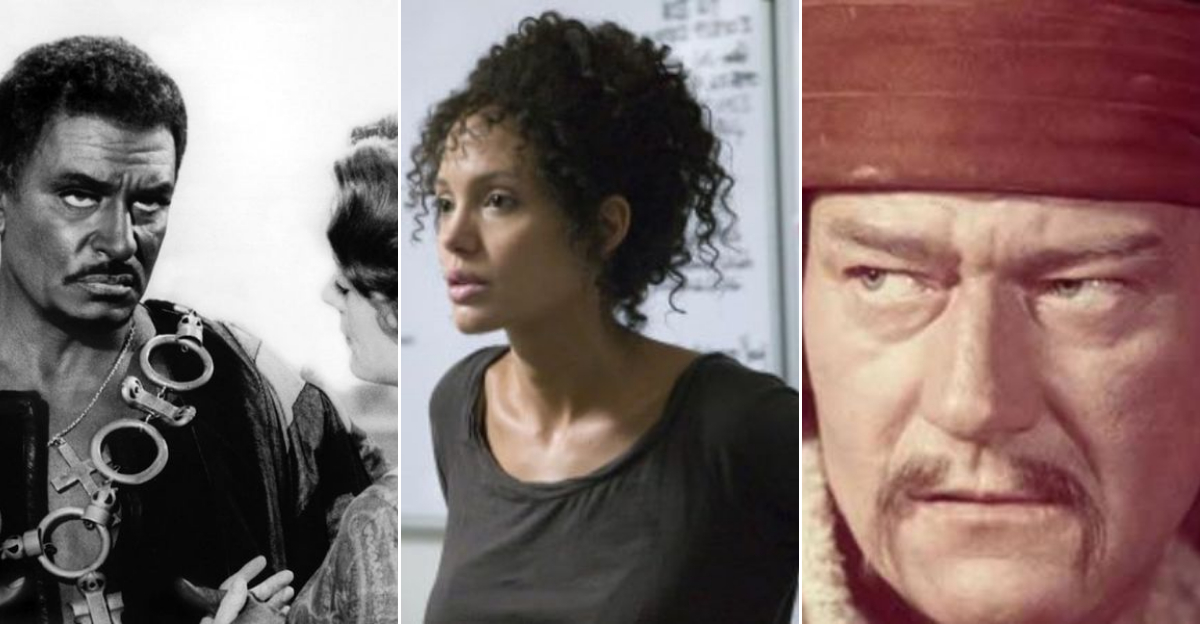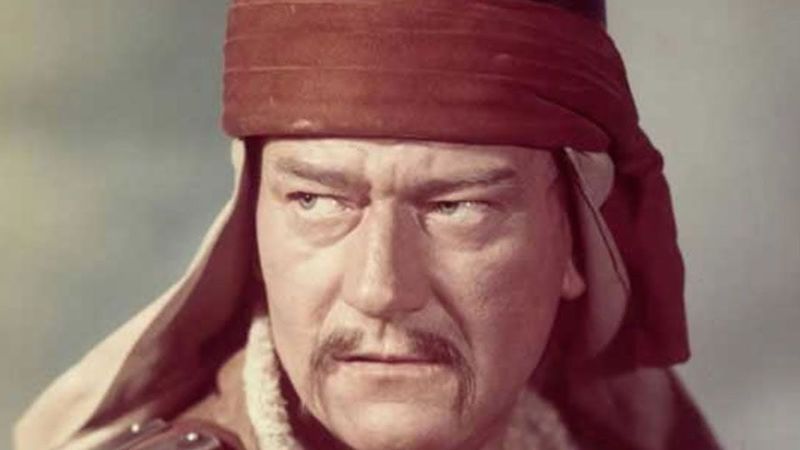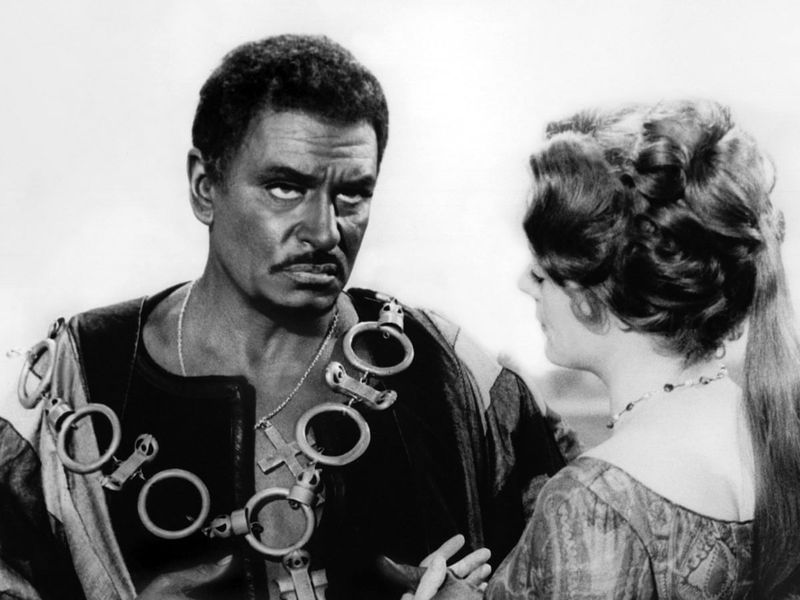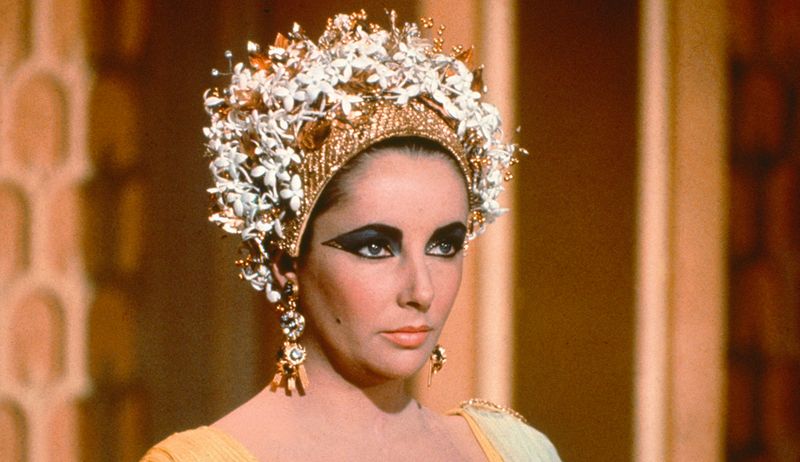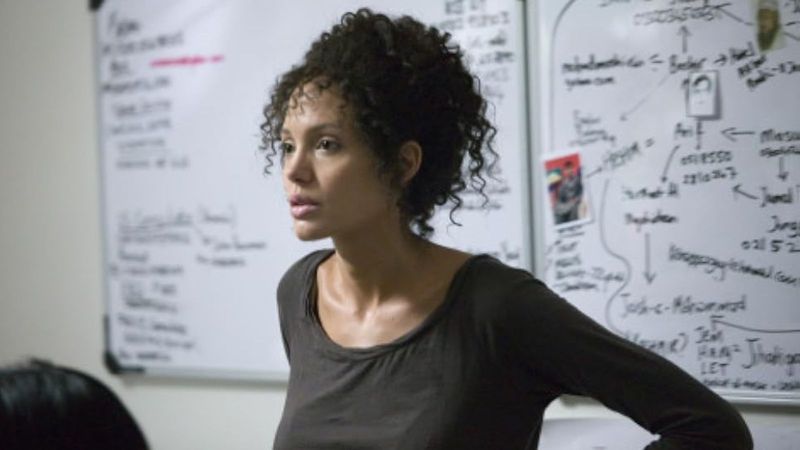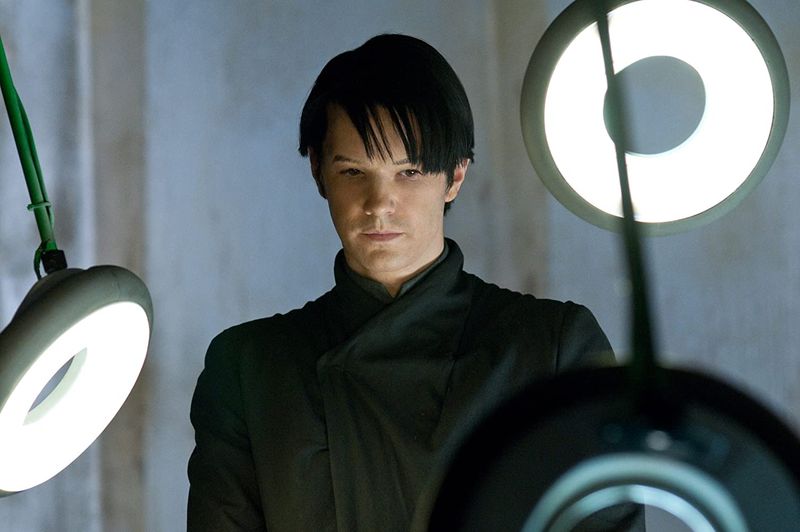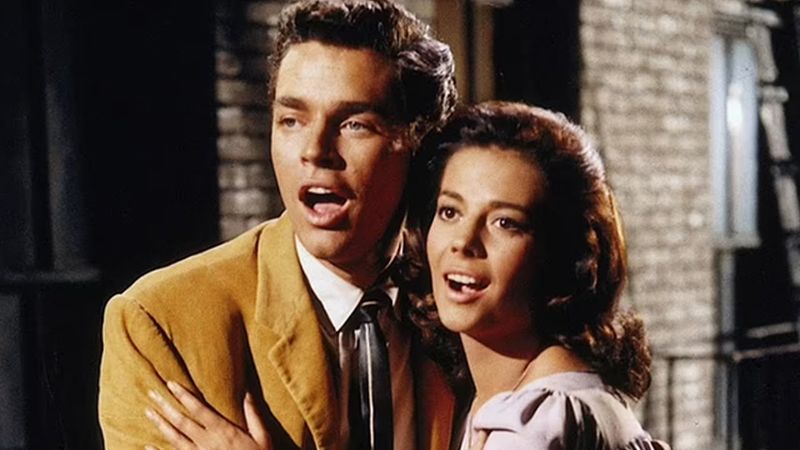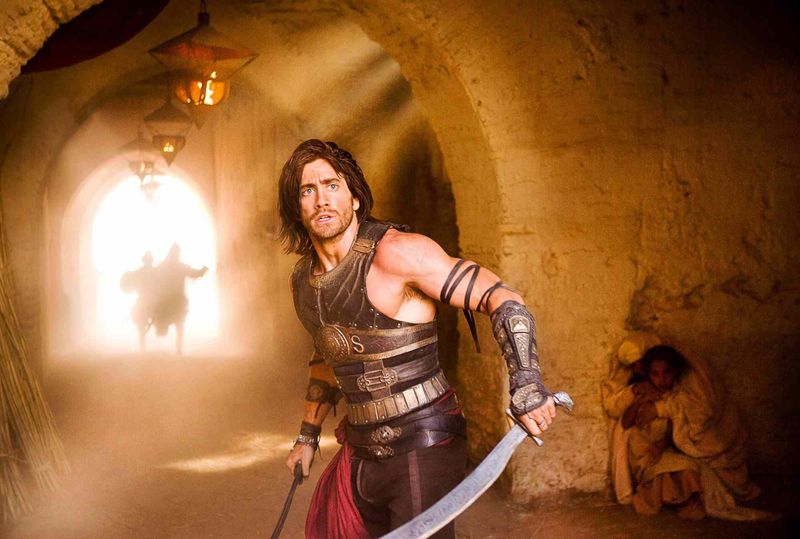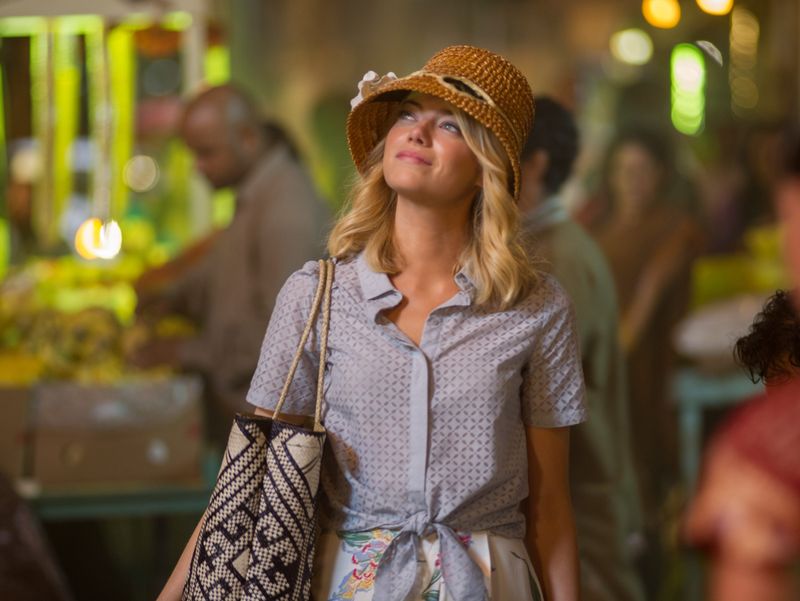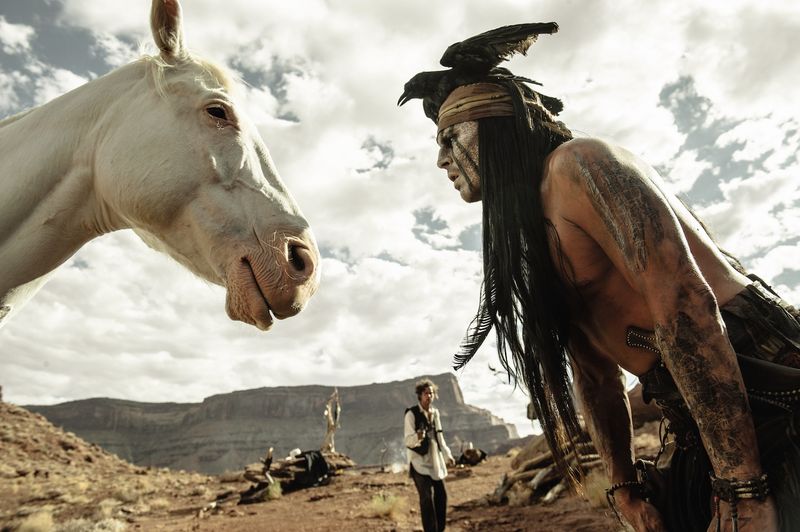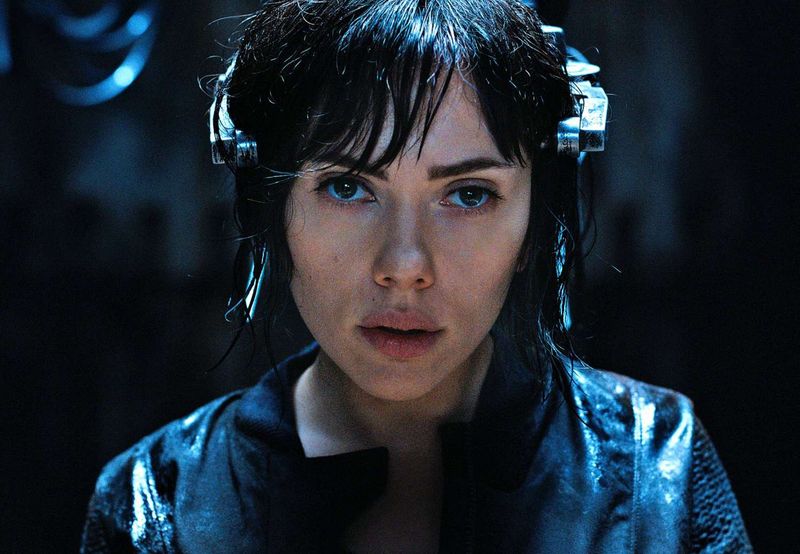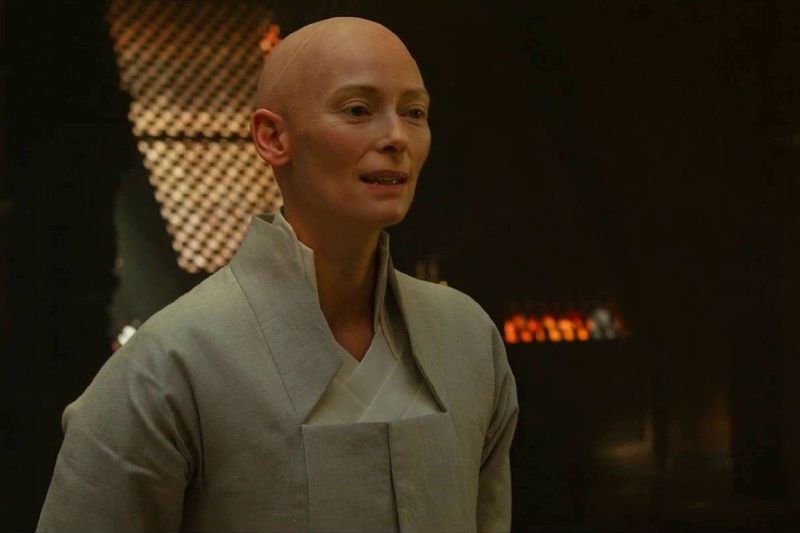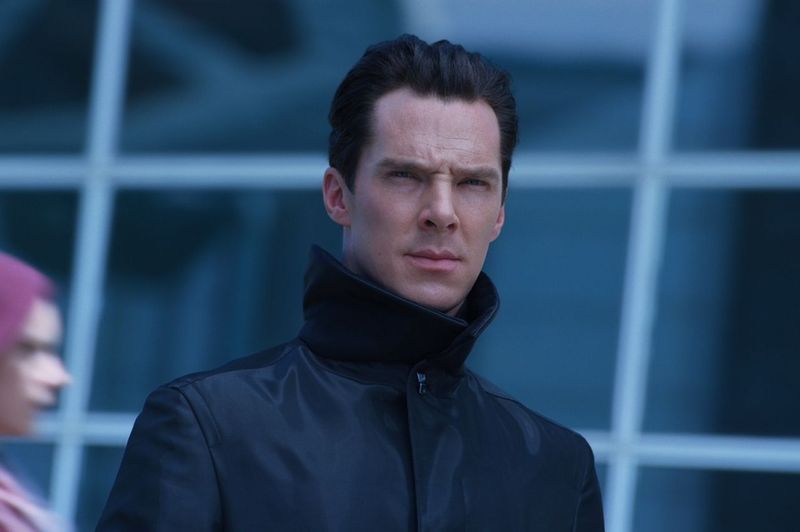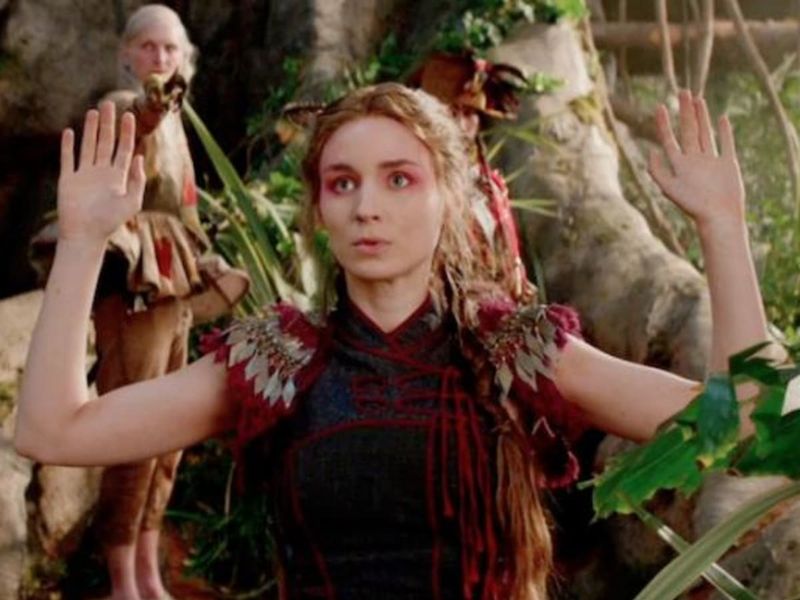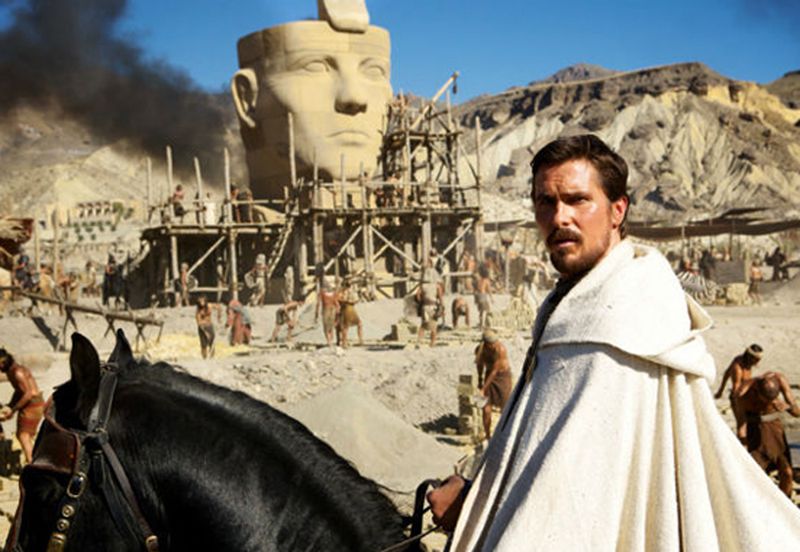In the world of cinema, casting decisions can spark debates that resonate far beyond the silver screen. One of the most contentious issues is the practice of white actors playing roles meant for people of color, known as whitewashing.
This not only sidesteps opportunities for actors of color but also perpetuates stereotypes and historical inaccuracies. Here, we explore 15 infamous instances of such casting choices, highlighting the cultural impact and ongoing relevance of these decisions.
These examples serve as a reminder of the importance of authentic representation in media and the need for continued dialogue.
1. John Wayne as Genghis Khan
In the 1956 film “The Conqueror,” John Wayne took on the role of Genghis Khan, surprising many given his established persona as a Western icon.
This casting choice was met with criticism due to Wayne’s lack of resemblance to the Mongolian emperor. Despite his efforts, the portrayal was widely regarded as unrealistic and culturally insensitive.
The film’s failure at the box office reflected audience disapproval. This example highlights the pitfalls of ignoring cultural authenticity, emphasizing the need for accurate representation in storytelling. Wayne’s role remains a cautionary tale in Hollywood casting history.
2. Mickey Rooney as Mr. Yunioshi
In “Breakfast at Tiffany’s,” Mickey Rooney portrayed Mr. Yunioshi, a Japanese character, in a performance that drew heavy criticism for its exaggerated and offensive stereotypes.
Rooney’s use of prosthetics and a caricatured accent contributed to a portrayal that was far from respectful. The film’s enduring popularity contrasts starkly with the negative legacy of this casting decision.
Critics argue that such depictions contribute to harmful stereotypes about Asian individuals. This role serves as a reminder of the importance of culturally accurate portrayals in cinema, encouraging more thoughtful casting choices moving forward.
3. Laurence Olivier in Othello
Laurence Olivier’s portrayal of Othello in the 1965 film adaptation is perhaps one of the most controversial examples of a white actor playing a character of color. Olivier donned blackface for the role, a decision that today is seen as deeply offensive.
Despite his celebrated performance, the choice to cast Olivier instead of an actor of African descent is often criticized. This instance underscores the need for genuine representation in classic literature adaptations.
The debate over Olivier’s role in “Othello” continues to resonate, highlighting ongoing discussions about race and equity in the arts.
4. Elizabeth Taylor as Cleopatra
In 1963, Elizabeth Taylor starred as the iconic Egyptian queen Cleopatra, a casting choice that has since sparked discussions about historical authenticity.
While Taylor’s performance was lauded, her casting as a Macedonian-Greek ruler raised questions about ethnic representation. Critics argue that such casting choices can erase cultural identities, replacing them with Western ideals.
The film’s extravagant production and Taylor’s star power overshadowed these concerns at the time. However, today, this role is frequently cited in conversations about the need for diversity and accuracy in depicting historical figures on screen, urging a more inclusive approach.
5. Angelina Jolie in A Mighty Heart
Angelina Jolie portrayed Mariane Pearl, a woman of Afro-Cuban descent, in the 2007 film “A Mighty Heart.”
This casting was met with mixed reactions, as some praised Jolie’s performance while others criticized the decision to overlook an actress of similar ethnic background. The film intended to honor the memory of journalist Daniel Pearl but faced backlash over perceived whitewashing.
This instance highlights the ongoing struggle for accurate representation in biographical films. Jolie’s role as Mariane Pearl serves as a reminder of the importance of thoughtful casting, advocating for opportunities that honor cultural heritage.
6. Jim Sturgess in Cloud Atlas
In “Cloud Atlas,” Jim Sturgess played multiple characters, including those of Asian descent, using makeup to alter his appearance. The film’s ambitious narrative spanned time and space, yet the casting choices drew criticism for perpetuating racial insensitivity.
Critics argued that the use of “yellowface” overshadowed the film’s artistic ambitions, highlighting issues of representation in high-concept storytelling. Sturgess’s roles sparked a broader conversation about inclusivity in Hollywood, emphasizing the need for diversity in epic narratives.
This example underscores the responsibility filmmakers have to cast authentically, ensuring that all cultural identities are valued and respected.
7. Natalie Wood in West Side Story
Natalie Wood starred as Maria in the 1961 musical “West Side Story,” a role that has since been scrutinized for misrepresentation. Wood, of Russian descent, played a Puerto Rican character, raising questions about the lack of Latino actors in leading roles.
This casting choice reflects broader industry practices at the time, where ethnicity was often overlooked for star power. The film’s success did not escape criticism, with calls for greater authenticity in casting.
Wood’s role as Maria remains a significant example in discussions about representation, urging a move towards more inclusive and accurate portrayals in the arts.
8. Jake Gyllenhaal in Prince of Persia
In “Prince of Persia: The Sands of Time,” Jake Gyllenhaal’s casting as the titular character was questioned due to his non-Persian heritage. The 2010 film faced backlash for not casting a Middle Eastern actor, sparking conversations about race in Hollywood.
Critics noted that the decision perpetuated a lack of diversity in blockbuster films. While Gyllenhaal’s performance was praised by some, the casting choice overshadowed the film’s narrative.
This instance demonstrates the challenges of adapting culturally rich stories without authentic representation, highlighting the importance of inclusive casting in creating meaningful connections with diverse audiences.
9. Emma Stone in Aloha
Emma Stone faced criticism for her role as Allison Ng, a character of Hawaiian and Asian descent, in the 2015 film “Aloha.” The decision to cast Stone, a white actress, was met with disappointment given the rich diversity of the Hawaiian setting.
Critics argued that the film missed an opportunity to showcase talent from underrepresented backgrounds. Stone’s casting highlighted ongoing issues with representation and the need for Hollywood to reflect the world more accurately.
This example underscores the importance of thoughtful storytelling that respects cultural identities, encouraging the industry to embrace its diverse heritage.
10. Johnny Depp in The Lone Ranger
Johnny Depp portrayed Tonto, a Native American character, in the 2013 film “The Lone Ranger.” The casting decision was controversial, with critics highlighting Depp’s lack of Native ancestry.
Though Depp claimed some distant Native heritage, the portrayal was seen as another example of Hollywood’s problematic history with indigenous representation. The film’s performance suffered amid this backlash.
This role underscores the need for genuine representation of Native people in media, advocating for roles that honor their cultures and histories. Depp’s Tonto serves as a reminder of the importance of authenticity in reflecting diverse narratives on screen.
11. Scarlett Johansson in Ghost in the Shell
Scarlett Johansson’s casting as Major Motoko Kusanagi in “Ghost in the Shell” sparked significant controversy over whitewashing. The character, originally Japanese, was portrayed by Johansson in the 2017 adaptation, leading to widespread criticism.
Fans and critics alike argued that an Asian actress should have been cast to honor the story’s origins. The film’s reception was marred by this controversy, overshadowing its visual achievements.
Johansson’s role highlights ongoing challenges in adapting culturally specific stories for worldwide audiences. It serves as a call for the industry to prioritize authenticity, ensuring diverse cultures are portrayed with respect and integrity.
12. Tilda Swinton in Doctor Strange
In “Doctor Strange,” Tilda Swinton’s casting as the Ancient One, traditionally an Asian character, raised eyebrows. The 2016 film’s attempt to modernize the character was seen as controversial, with critics questioning the erasure of Asian representation.
Swinton’s performance was praised, yet the casting choice sparked discussions about Hollywood’s approach to race and diversity. The studio’s decision to alter the character’s ethnicity was met with mixed reactions, emphasizing the need for inclusivity.
Swinton’s role as the Ancient One has become a key example in debates about cultural representation in mainstream media, advocating for thoughtful casting decisions.
13. Benedict Cumberbatch in Star Trek Into Darkness
In “Star Trek Into Darkness,” Benedict Cumberbatch portrayed Khan Noonien Singh, originally a character of South Asian descent. This casting decision faced backlash for whitewashing a role that could have been an opportunity for South Asian actors.
Cumberbatch’s performance was well-received, yet the choice to cast him highlighted ongoing issues with diversity in science fiction. Critics argued that the decision reinforced Hollywood’s history of overlooking minority actors for iconic roles.
This example underscores the importance of inclusive casting, ensuring that all ethnicities are represented fairly, especially in renowned franchises with global audiences.
14. Rooney Mara in Pan
Rooney Mara’s portrayal of Tiger Lily, a Native American character, in the 2015 film “Pan” was met with criticism. The decision to cast Mara, who is white, reignited debates about representation in fantasy films.
Critics argued that the role could have provided a platform for an Indigenous actress, advocating for more diverse casting in popular media. Mara herself expressed understanding of the backlash, recognizing the importance of authentic representation.
This example highlights the need for thoughtful casting choices that reflect the diverse world, promoting equality and inclusivity in storytelling across all genres.
15. Christian Bale in Exodus: Gods and Kings
Christian Bale starred as Moses in “Exodus: Gods and Kings,” a 2014 film criticized for its lack of diverse casting. The decision to cast white actors in roles representing Egyptians sparked significant debate.
Critics argued that the film’s casting choices ignored the ethnic diversity of the region’s history. Bale’s performance was overshadowed by the controversy, with calls for more accurate portrayals of historical figures.
This instance highlights the ongoing challenge of balancing star power with authenticity in epic narratives. Diverse casting in historical films is crucial, ensuring stories reflect the rich tapestry of human history.
